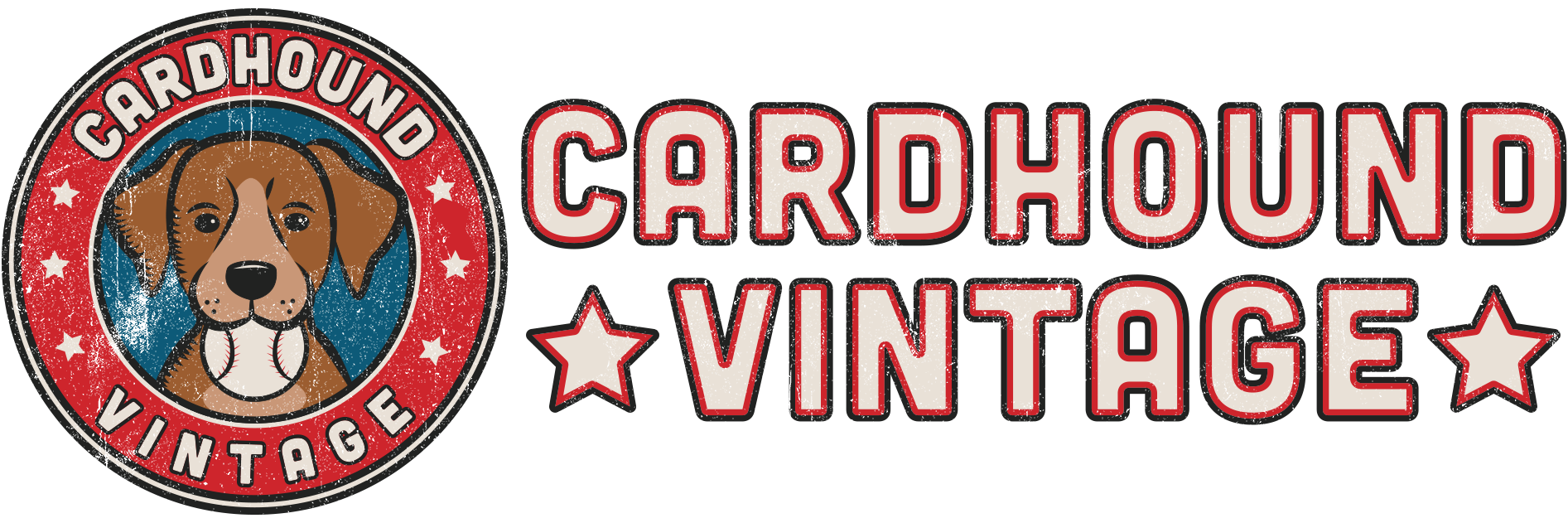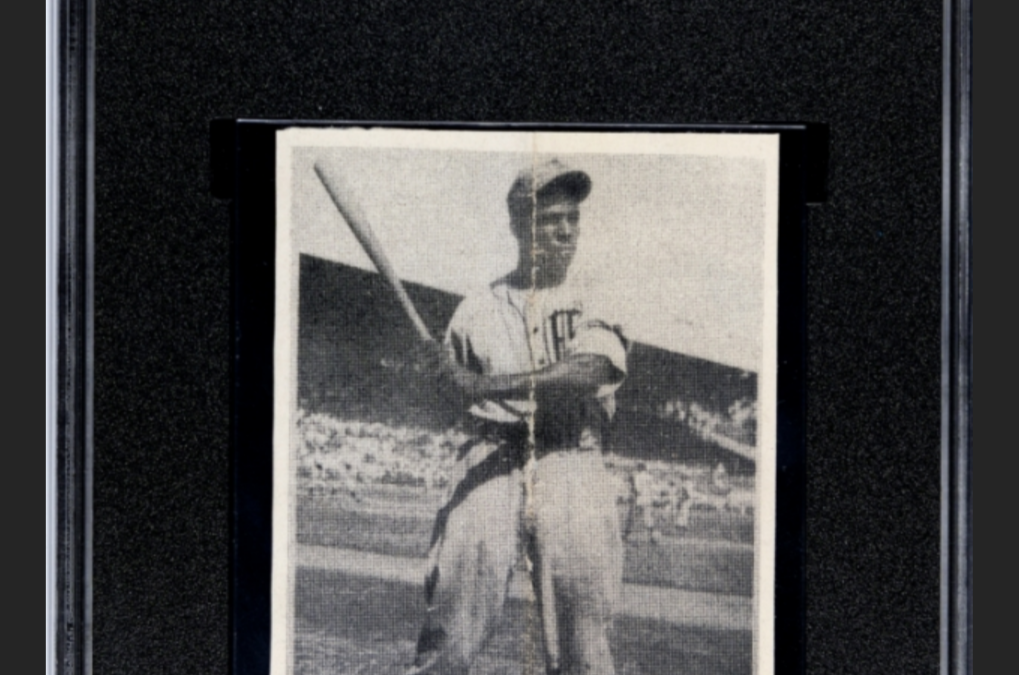So, you send in an SGC submission and receive a dreaded and unexpected “A” grade. Or maybe a card comes back from PSA not slabbed at all, and you wonder why.
Unfortunately, understanding “A” grades isn’t easy. And making sure your cards will be slabbed even if altered (if that’s what you want) is trickier than it should be.
For a broader understanding of card grading, please consult our overview. But for now, let’s dive in and understand “A” grades specifically.
Does “A” mean “Authentic” or does it mean “Altered”?
Primarily, “A” just means “Authentic”: the item is genuine and not a counterfeit. But it’s not that simple.
If you are shopping for a card in an “A” slab you need to be aware of the 2 ways a card ends up with this designation:
- The submitter only wanted the card authenticated. Maybe the card has sentimental value, or the owner preferred authentication only as opposed to a low grade. But know that this case is extremely rare. Submitters don’t often do this, precisely because of the labels that often do not distinguish between Authentic and Authentic Altered. Why give your unaltered card the stigma of possibly being altered?
- Almost all of the time, “A” means “Authentic Altered” in practice. The card is real, but due to an alteration (intentional or otherwise) or factory defect, it is not eligible to receive a numerical grade.
What Are Alterations?

The list of possible alterations is long and includes but is not limited to the following:
- Trimming
- Color added (touching up borders on those old ’71’s)
- Erasing
- Cleaning
- “Pressing” / damaged stock, either from an old screw-down holder or intentional attempts to remove a crease
- Cards that are mis-sized at the factory (too small or too large) also receive “A” designations and are not eligible for a number grade. Tolerances appear to be trade secrets.
(The Minoso above was slabbed before SGC added explanations to the label, and this particular card was most likely hand-cut from an uncut sheet.)
What’s NOT Alteration?
I often see cards in “A” slabs listed for sale with descriptions like this: “Card has ‘A’ grade due to pinhole.” But, no–pinhole cards grade just fine, though usually 1 or 1.5 max. Pinholes, writing, and staining are generally not reasons for “A” grades–they are condition issues but are not alterations, which typically seek to enhance the card, not detract from it.
But Wait There’s More: SGC vs. PSA Quirks
Of course, both major graders not only take slightly different approaches to “A” grades, but also, SGC especially has changed its own internal “A” grade process and labeling. The new labels clarify “A” grades somewhat, but not enough. The process for receiving “A” grades at each grader is slightly different as well.
SGC Authentic
Until a couple of years ago, SGC just labeled everything “A,” period. Authentic, Authentic Altered, you be the judge.
More recently, SGC made a change detailed here to clearly list the word “AUTHENTIC” on the label and to “clearly state the reason why the card was disqualified from receiving a numerical grade.” The labels are “Altered,” “Color Added,” “Evidence of Trimming,” and “Miscut.”
My only issue with the new system is that Color Added and Trimming are Alterations, so what are the Alterations covered by the “Altered” label? In other words, there is always a reason–so why not state it? “Cleaned,” “Pressed,” “Damaged Stock,” whatever.

It’s an improvement, but it could go farther. And there is still some confusion in regard to older “A” grades like my Minoso above.
To receive an “A” grade from SGC (if warranted) you do need to choose to “Encapsulate if Altered” when submitting, or change that to the default account setting in your SGC account.
PSA Authentic
PSA’s labels are no less confusing: they have “Authentic” and “Authentic Altered” labels in play. But . . . their description of “Authentic” states that one reason for this designation is . . . alteration! And further, cards submitted for authentication only will also receive this label. So “Authentic” can mean “Authentic (unaltered)” or “Authentic (Altered).”

Which (somehow) is not to be confused with . . . wait for it! . . . “Authentic Altered”:

So, Authentic might be altered and Authentic Altered is definitely altered–not confusing at all! They also state that an AA might show evidence of “restoration,” but they do sometimes label cards as “restored.”
To receive an A / AA slab from PSA, you must enter A as the minimum grade in the notes area. Otherwise, it will be returned to you with a NO label.
In Conclusion . . .
The safest take on “A” labels is that the card inside the case is absolutely authentic, but is in some way altered. It might look great (and sell more like a 2 in some cases), but there’s likely a reason for that. In terms of vintage, the most frequent reason for the “A” is trimming–which was and likely still is a rampant practice in vintage. “A” grades can represent a chance to get a card with high appeal for a lower price, or for some purists, an “original” low-grade card would be much more preferable. Hopefully after reading this, you’ll at least have the necessary info at hand to make the decision that’s best for you.
If you like chatting or learning about vintage, please join us!







as usual,Matt,well written article,thank you
Thanks! This is a topic that has driven me crazy over the years–people misunderstand it, but mostly because it is extremely confusing.
Definitely helps me understand a little better. Thanks Matt.
Thanks for clarifying SGC. But I was wondering what your thoughts were on blank back cards, unissued blank backs, and prototypes. For example, I have an unissued 1989 black border prototype that would probably grade poorly due to wear around the corners, etc. but perhaps valuable due to its rarity. In such a case, do you think it makes more sense just to authenticate it as opposed to getting it graded. I also have a 1957 sharp Willie Mays blank back but with pencil numbering on back. If I get that graded, it would almost certainly grade a 1 or 2 just because of the marking. So my thought was just getting it Authenticated. Your thoughts are welcome. Thanks again!
I would always just take the number grade if possible. If they have a unique label like “Authentic / Unaltered” or something to establish that the submitted only wanted it authenticated, I think that would be nice. But as-is there is too much confusion with altered cards.